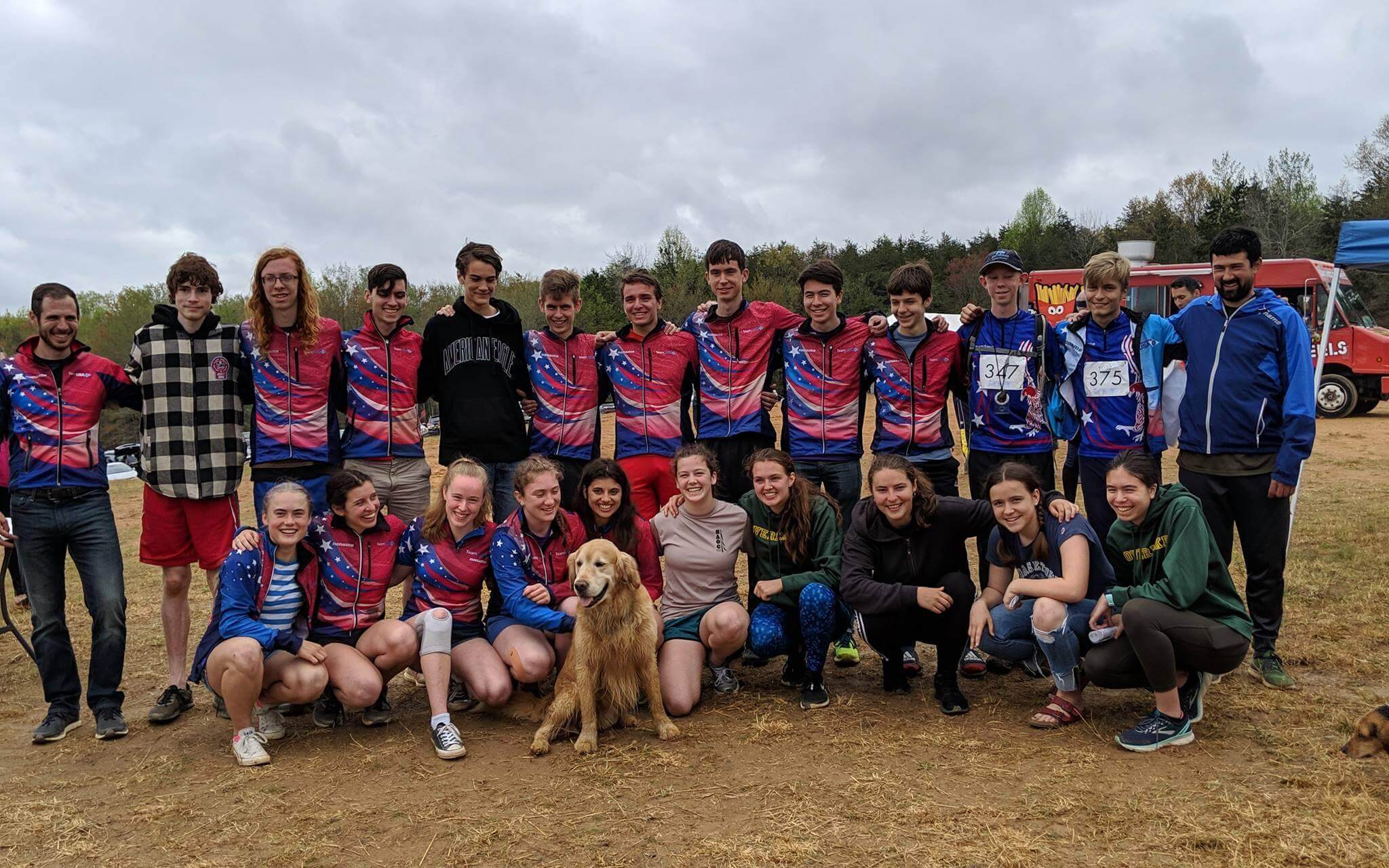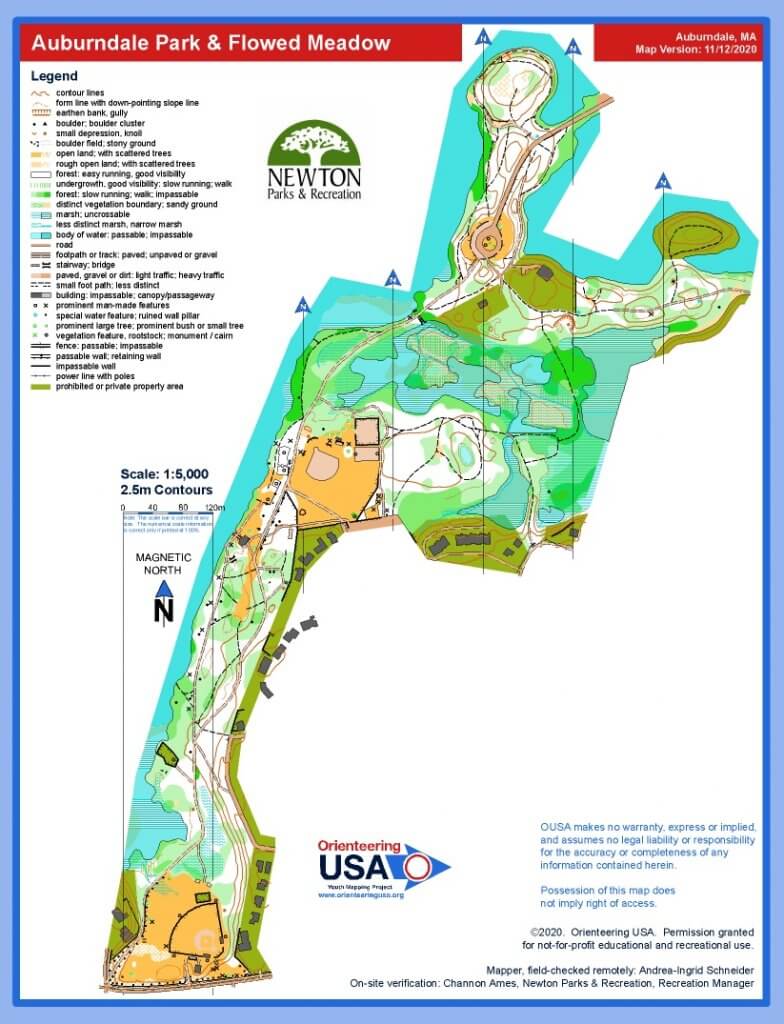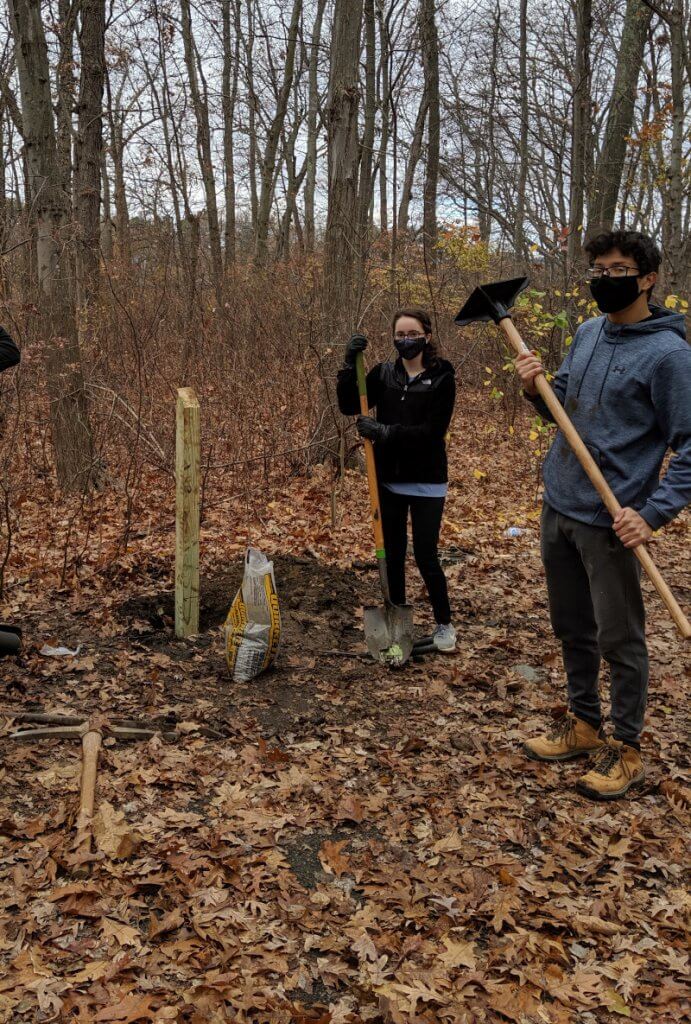2021 US Nationals Postponed.
Orienteering Cincinnati (OCIN) will be postponing the 2021 OUSA Nationals originally scheduled to be held at the Flying Pig on March 19-21, 2021. At this time, it is unlikely that we would be able to use at least one of the parks, and we cannot be reasonably certain that people from around the country would be able to travel to and from the Cincinnati area without restrictions. OCIN is presently discussing specific options and expects to have an update about this postponement by early January.




